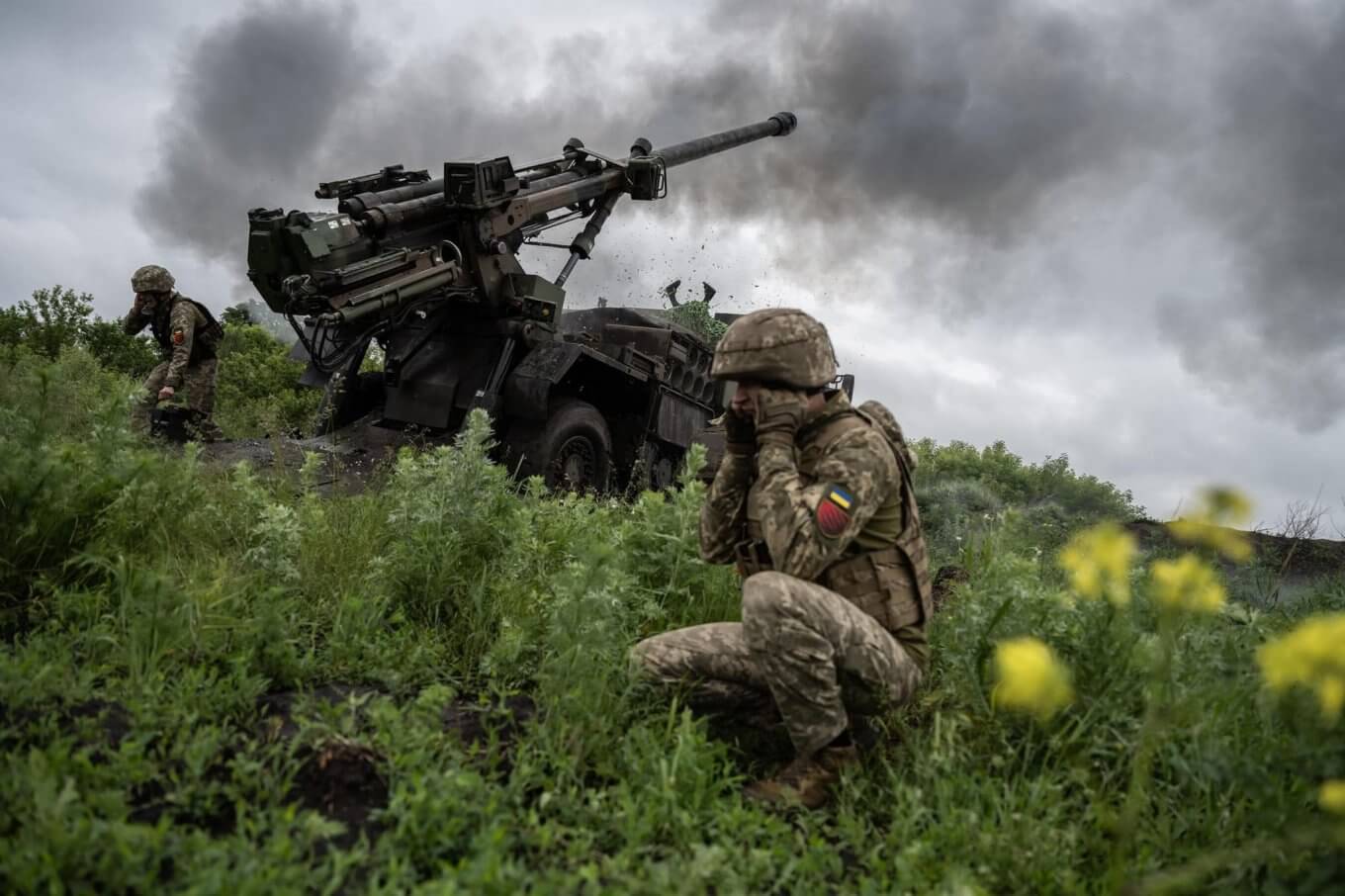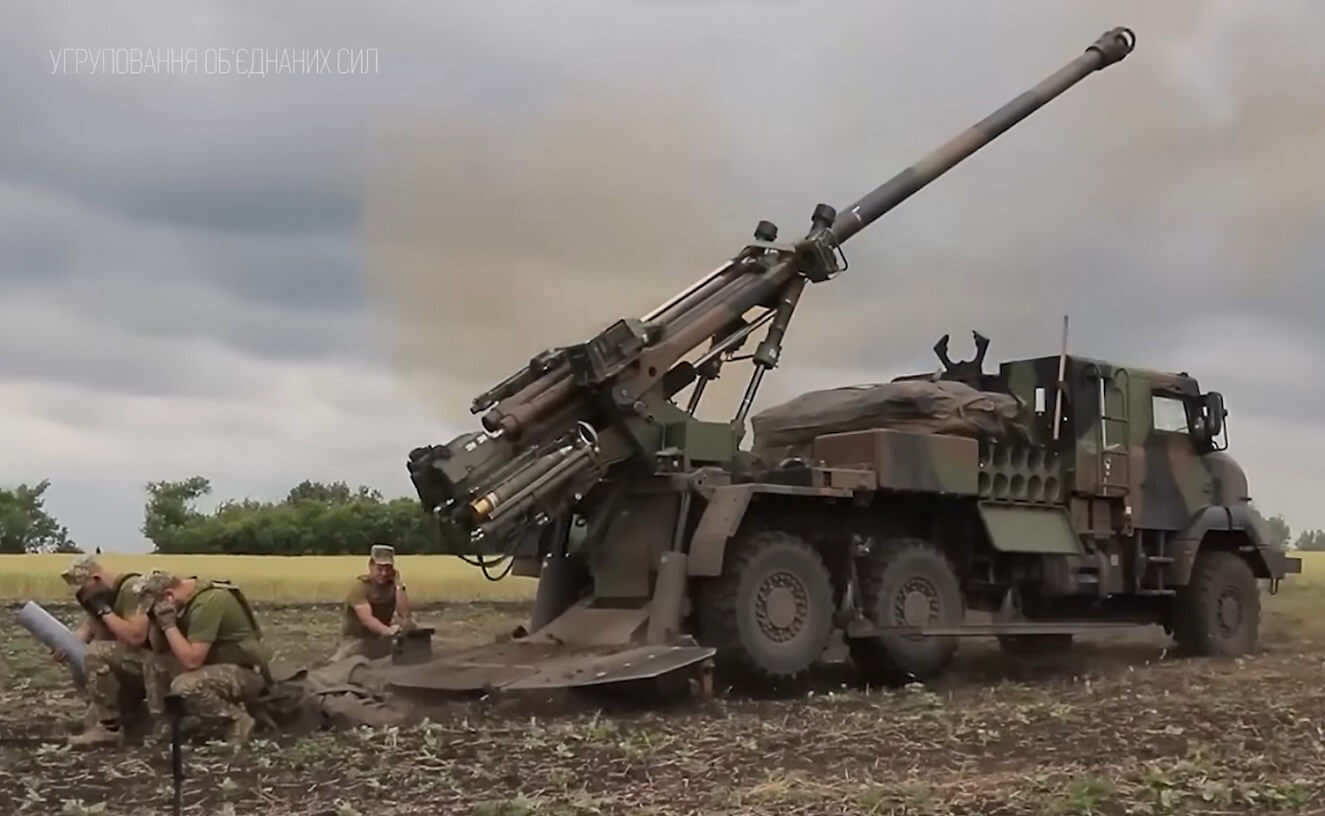The Caesar 155mm truck-mounted self-propelled howitzers to be fielded by Ukraine could incorporate Artificial Intelligence (AI) integrated into the system, stated Deputy Minister of Defence of Ukraine, Lieutenant General, Ivan Gavrylyuk.
He further explained that work on the project will be beginning in 2024. His revelations, according to the Ukraine’s Defence press office, occurred at a December meeting with a delegation of the Senate of the French Parliament, which included discussions toward acquiring additional Caesar guns.
Ukraine currently has forty-nine Caesars, eighteen donated by France plus twelve purchased from Nexter KNDS and nineteen provided by Denmark. Supply of another six was announced in October 2023.
The artificial intelligence effort will incorporate AI into Caesar’s already advanced fire management functions. Caesar’s state-of-the-art fire control not only calculates a firing solution and applies that to automatically laying the gun but also includes the vehicle/weapon location, meteorological data, and ammunition details all within seconds. Caesar is, thus, upon receiving a fire mission is able to be moving, halt, deploy stabilizers, load, lay and fire multiple rounds and then be moving again in under two-minutes. It can even execute programmed firing patterns without operator intervention. For example, Multiple-Round Simultaneous Impact (MRSI) engagement, where the rounds fired rapidly in sequence have each trajectory adjusted so that all impact on the target at the same time, is possible. A single Caesar can conduct MRSI with its controls performing the necessary adjustments fully automatically.

The addition of AI could further enhance the howitzer’s performance by drawing on its capabilities to more rapidly assess targets and determine and apply the optimum solution to engage them. Gavrylyuk suggested the use of AI could offer a thirty percent saving in ammunition used while increasing accuracy and on-target effect. This alone would recommend the project effort but the potential to reduce a mission execution is equally valuable. The limited numbers of Caesar, understood to be only ten, being employed against Russia’s Aviivka offense have been successfully employing its “shoot-and-scoot” tactic. Here, despite committed Russian counter-battery response of 180-seconds, it has continued to destroy attackers without losing a single gun.
by Stephen W. Miller













